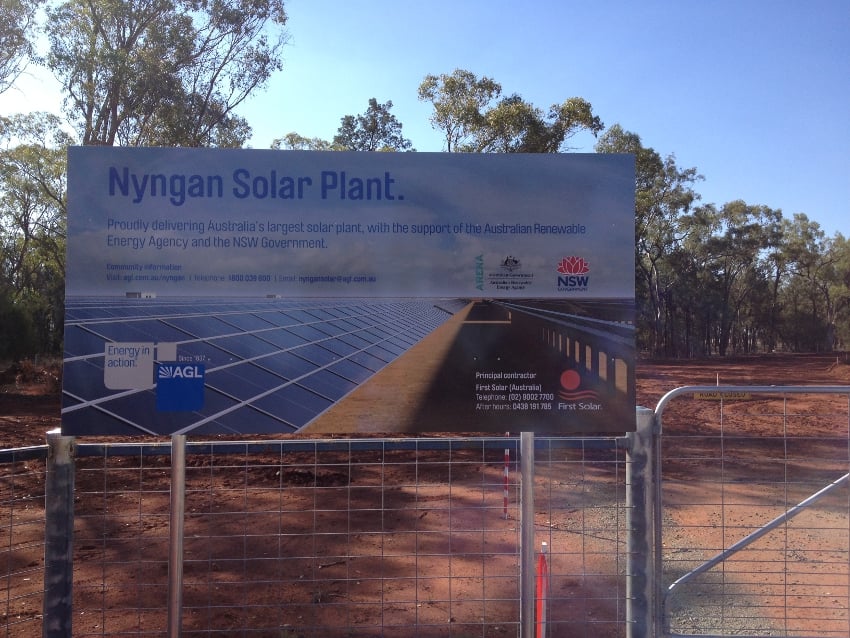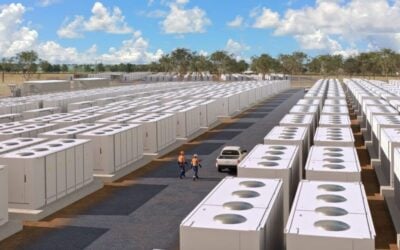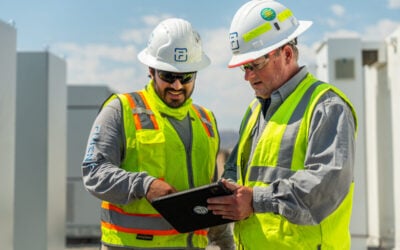
Large-scale solar farm developer Maoneng Energy said it is expanding its battery energy storage portfolio in Australia, after signing a deal for 400MWh of projects with major utility company AGL.
Moaneng will develop four large-scale battery energy storage system (BESS) facilities in New South Wales. Each will be 50MW with 100MWh capacity. In return, AGL and the developer have signed a fixed price contract with a 15-year term, whereby AGL “has the ability to call on capacity as required,” from the batteries.
Enjoy 12 months of exclusive analysis
- Regular insight and analysis of the industry’s biggest developments
- In-depth interviews with the industry’s leading figures
- Annual digital subscription to the PV Tech Power journal
- Discounts on Solar Media’s portfolio of events, in-person and virtual
AGL said this was the result of the accelerating pace of evolution in the electricity market. It’s now the “dawn of the battery age,” according to AGL’s CEO Brett Redman, who added that “Australia’s energy market is undergoing significant changes and large-scale batteries like these will be pivotal in providing firming capacity in the shift between baseload power and renewables.”
AGL said the “innovative battery derivative agreements” allow customers security of knowing their electricity prices will not spike massively during peak times, with the cost fixed via that agreement with Maoneng. The battery systems are expected to be operational from the year 2023.
“This will present huge benefits for energy customers and the stability of the energy market. In total, this will help support an additional 200MW of dispatchable capacity in New South Wales,” Brett Redman said.
“In addition to this exciting project, we are progressing with major investments in storage and firming capacity, with more than AU$1.9 billion (US$1.3 billion) of new energy supply projects completed or in construction and another AU$2 billion in the pipeline.”
In February of this year, as Maoneng Australia broke ground on Sunraysia, a 225MW solar project in NSW, the company said that energy storage can improve the reliability of solar PV as well as minimising the “technical and commercial impacts” of modernising the electric system.
AGL meanwhile has already developed large-scale battery facilities including a 30MW / 8MWh system in Dalrymple, west of Adelaide and in December 2017 struck up a 100MW off taker agreement with Maoneng for the Sunraysia project.
AGL also recently opened up and then expanding a virtual power plant (VPP) programme that essentially pits the aggregated capabilities of dozens – or hundreds – of customer-sited energy storage systems up against the applications and services normally provided by conventional thermal power generation. Meanwhile, the market for residential energy storage in Australia has drawn in a number of players, both international and domestically-headquartered.
In other related news, Energy-Storage.news reported yesterday that planning permission has been granted for a 185MW wind farm with 215MW of energy storage which Renewable Energy Systems Group (RES) is developing in South Australia.






